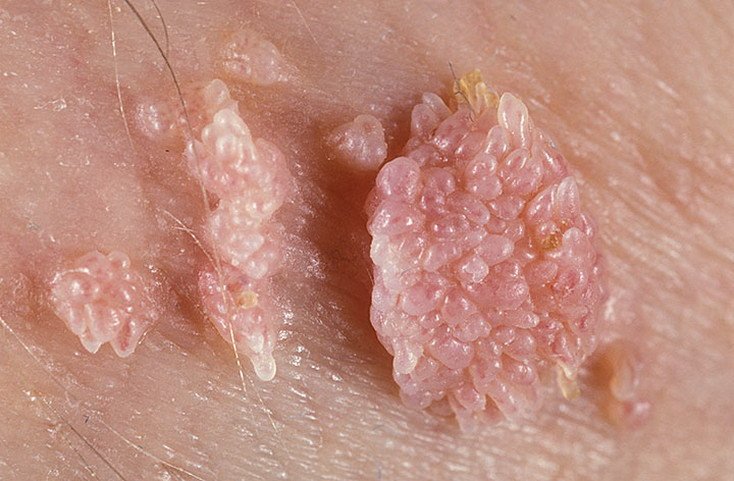HPV caused and sexually transmitted genital warts called condyloma can be prevented and treated. If not, they’re very dangerous. You need to be informed.

What does condyloma mean and which are the causes?
Condyloma is a type of genital wart that grows on the skin and mucus membranes of the genitals. In most cases it’s caused by HPV (human papilloma virus) and it can happen both to women and men. It can be found on the vagina, vulva, penis, cervix and anus. The warts can be very tiny, but if you don’t start treating them right from the beginning, they can grow up to a form of a ball. They are skin-colored so they are not particularly visible; they must be felt during bathing. Usually, they don’t cause any particular pain except for the ones that grow on the anus. During sex, women can have bleeding, vaginal discharge and feel itching.
Unprotected sexual relations are never a smart decision. Change of multiple sexual partners only makes things worse. Genital warts transmission due to unprotected sex can expand to the level of causing epidemics. The worst thing about these warts is that condoms cannot fully protect you from getting them.
HPV caused and sexually transmitted genital warts called condyloma
Diagnose and treatment
The minute you feel some growths around your genitals, you should consult with your gynecologist or urologist. The gynecologist can perform PAP smear or see them using colposcopy. The urologist can only use colposcopy. The PAP results may clearly show HPV and this would mean that other than the condyloma, you should also treat the HPV. HPV can cause cervical cancer, so the condition should be followed regularly.
The treatment should be performed only by a doctor. You cannot use alternative medicine in this case or try some gels for other kinds of warts. This is because these genital warts are not just simple warts: they can cause a lot of damage. If discovered on time, they can be treated with prescription medicines like Aldara, Condylox and Trichloroacetic acid. Of course, using only these, there’s a chance that they reappear. If they’ve grown a lot or reappear, they should be surgically removed. There are several surgical options: cryosurgery, surgical removal or laser therapy .
Caution!
If you’re diagnosis says you have condyloma, your sexual partner should be examined as soon as possible. To repeat, condoms are not the best solution. They are a way of prevention, of course, but you’re not fully safe.
